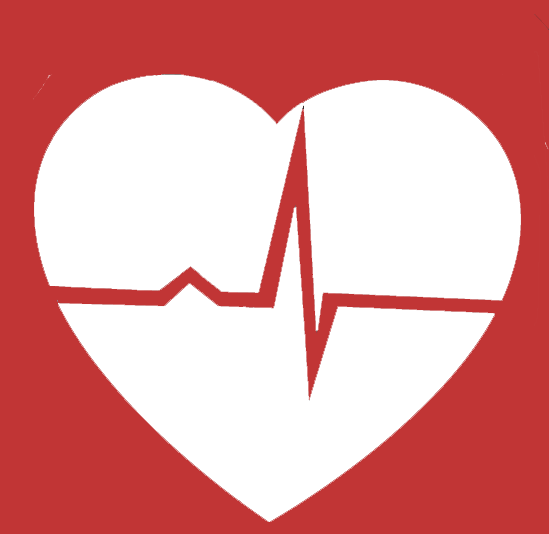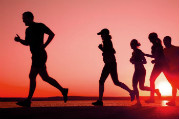You are here
Varicose veins
Varicose veins are abnormally large, bluish, bulging and lumpy-looking veins, often associated with dull, nagging aches and pains.
They affect nearly half of middle-aged adults and usually develop in the legs, due to the gravitational pressure that standing exerts on the veins.
What are varicose veins?
Varicose veins are caused by the malfunctioning of the valves inside the veins. When blood pulses through the arteries, powered by the beating of the heart, to provide nutrients and oxygen to the body’s tissues, it returns to the heart through the veins.
Veins have tiny one-way valves on their inner walls to prevent the blood from flowing backwards, towards the arteries. If the valves do not work properly, circulation is impaired and blood collects in the veins, swelling and enlarging them.
This causes symptoms including:
- Swelling (in feet and ankles)
- Restlessness
- Leg sores and itching
- Leg cramps (especially at night)
- A feeling of heaviness in the legs
Why do I have varicose veins?
Because poor circulation contributes to the formation of varicose veins, they are more common in people who sit or stand in one position for long periods of time, people who habitually sit with their legs crossed and those who lack proper exercise.
Being overweight, heavy lifting, long periods standing and pregnancy can put increased pressure on the legs, increasingly the likelihood of varicose veins. Constipation, liver disease, nutrient deficiencies and hormone replacement (HRT) and birth control pills can also play a role in the formation of varicose veins. There is a higher chance if a close family member has the condition. Age also reduces elasticity of your veins and effectiveness of the valves inside.
How are varicose veins treated?
Although cosmetically unappealing, most cases of varicose veins do not pose a serious problem and can be managed with simple home measures.
A more serious form of varicose vein involves obstruction and valve defects in the deeper veins of the leg and if not treated properly this can lead to problems. Ultrasound evaluation is the most accurate way of seeing if the deeper veins involved.
How can Foodwise help?
Do you have Varicose Veins? Foodwise can help.
Vein stripping, saline injections, laser therapy and compression stockings are not your only options.
We have all the nutritional information and dietary advice to help treat varicose veins naturally and help keep your circulatory system healthy.
Join nowHow does healthy nutrition help treat varicose veins naturally?
In contrast to many developed countries, varicose veins are rarely seen in parts of the world where high fibre, low refined diets are consumed. A high fibre diet is the most important part of in the treatment and prevention of varicose veins as it helps regulate digestion and reduces the likelihood of constipation, which adds to pressure on the legs.
Some of the best foods for varicose veins are those that contain flavonoids. These plant pigments in fruits and vegetables have multiple effects on the body, one of the most important being to reduce the fragility and permeability of capillaries, therefore reducing your risk of developing new varicose veins. It is also important to support the liver, since varicose veins can sometimes be a sign of poor detoxification, putting more stress on the circulatory system.
An effective approach to treating and preventing varicose veins includes:
- following a whole food, fibre-rich anti-inflammatory diet
- eating flavonoid-rich foods
- identifying food allergies and intolerances
- maintaining a healthy weight
- regular exercise
- limiting alcohol consumption
- correcting nutritional deficiencies...
...as well as the appropriate use of natural supplements and home remedies.
 For most people, varicose veins don't present a serious health problem and usually don't require any treatment.
For most people, varicose veins don't present a serious health problem and usually don't require any treatment. Varicose veins affect up to 3 in 10 adults.
Varicose veins affect up to 3 in 10 adults. 